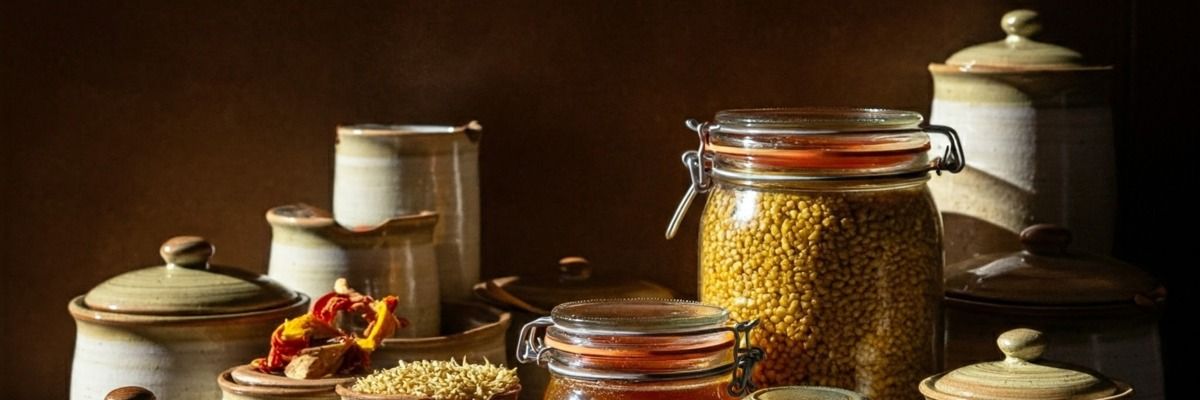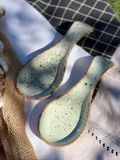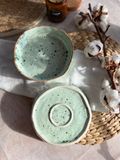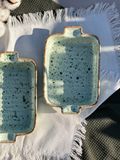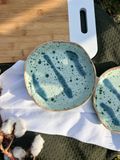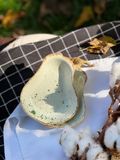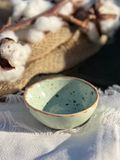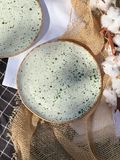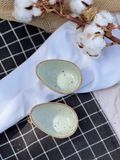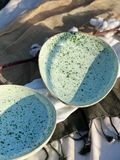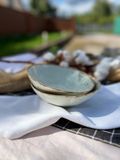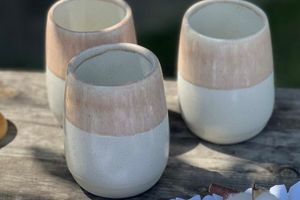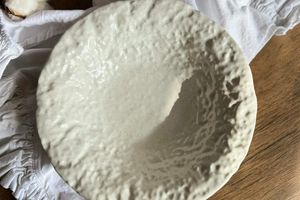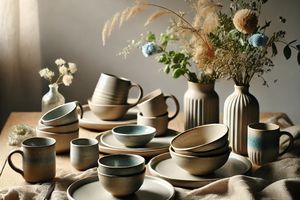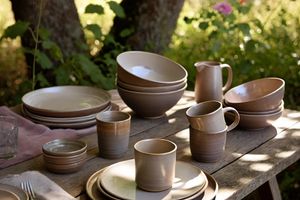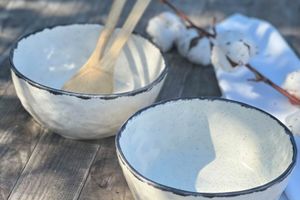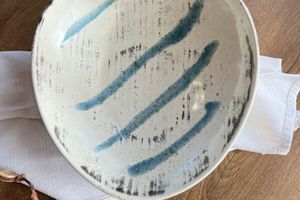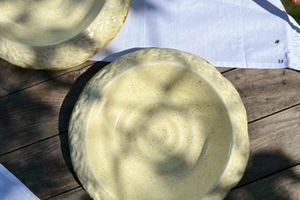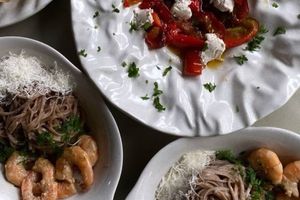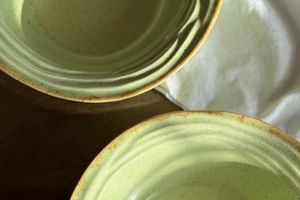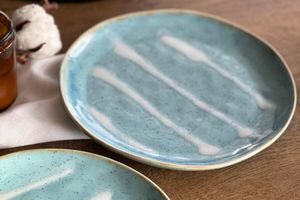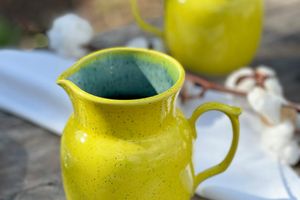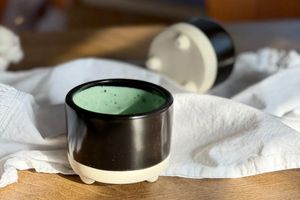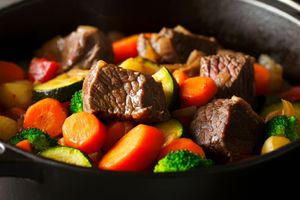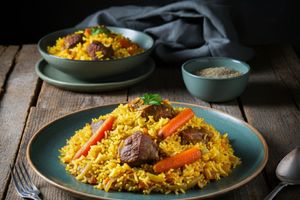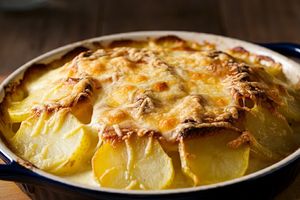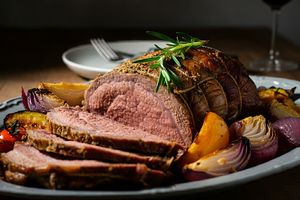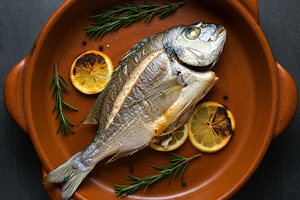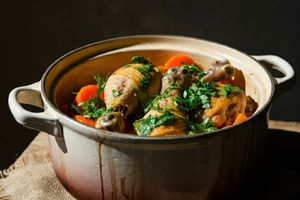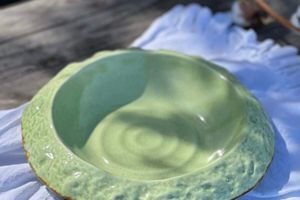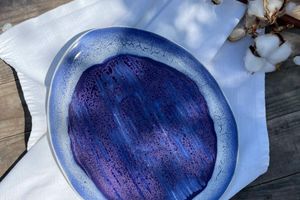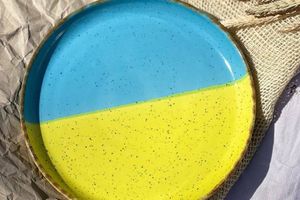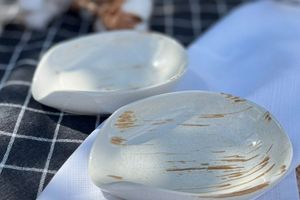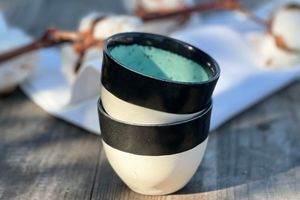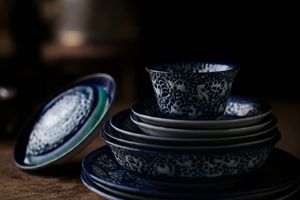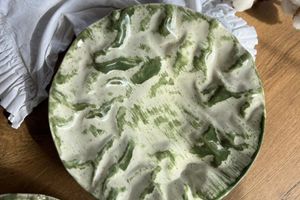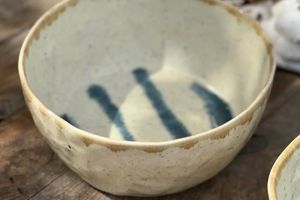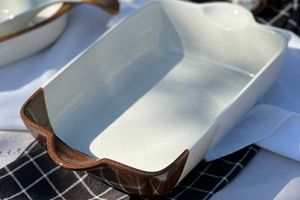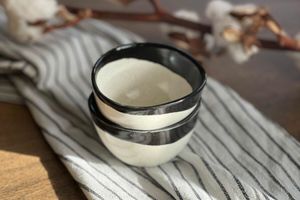Five Reasons to Use Ceramic Tableware for Storing Food: Spices, Grains, Pickles, and Honey 🏺🌿
Ceramic tableware, traditionally used by our ancestors, remains relevant today. Though we are used to modern plastic or metal containers, ceramic remains one of the best choices for storing food. This article will help you understand why ceramic tableware is ideal for spices, grains, pickles, and even honey. You will learn how ceramic protects your products, delve into its history of use, and appreciate its aesthetic appeal.
Natural Protection for Food 🌱
Historically, ceramics were used for food storage due to their natural ability to keep contents fresh. Ceramics "breathe"—they allow some airflow but not too much, creating ideal conditions for foods that don’t tolerate excess moisture. For instance, spices stored in a ceramic container retain their aroma and freshness longer than in plastic packaging, as ceramic prevents foreign odors from penetrating.
Interesting fact: In ancient times, Egyptians stored herbs and spices in ceramic jars for rituals and daily life. They believed that only ceramics could protect these special gifts of nature from the "wind of time." And it worked: spices stored in ceramics remained fresh for years, despite the hot climate.
Eco-Friendliness and Safety of Material 🍃
Ceramic tableware is one of the most eco-friendly materials for food storage, as it is made from natural clay without chemical additives. It does not interact with food, does not alter its taste, and does not release harmful substances.
Fact: Unlike plastic or metal, ceramic does not release toxins when in contact with food. This is especially important when storing pickles and honey, which easily absorb harmful substances if stored in improper containers.
Temperature and Humidity Regulation 🌡️
Ceramic tableware maintains a stable temperature and humidity level, making it ideal for storing grains. Grains often lose their beneficial properties due to temperature fluctuations or excessive humidity. Thanks to ceramic, grains remain fresh and dry, while ceramic jars with airtight lids prevent insects or dust from entering.
Interesting detail: In villages where the tradition of storing products in ceramic tableware still exists, even flour and grains stay fresh for months! Grandmothers kept supplies in such jars to bake fresh, tasty bread at any time.
Perfect Choice for Honey 🍯
Honey, one of the oldest and most valuable products, requires special storage. Ceramic is ideal for this as it blocks light, which destroys vitamins and enzymes in honey. Moreover, ceramic jars do not react with honey, which can be an issue with metal containers. Thanks to ceramics, honey retains all its beneficial properties.
Fact: It is known that honey found in Egyptian pyramids was perfectly edible due to specific storage conditions. At home, you can create similar conditions using ceramic tableware.
Aesthetics and Comfort ✨
Ceramic adds a special coziness to the kitchen and enhances your style. Ceramic jars, pots, and bowls on the shelf bring a unique charm. Each item has a unique design, texture, and even shade, making it not just a storage container but a work of art.
History: In many cultures, ceramic containers were passed down from generation to generation as symbols of family warmth and comfort. They were kept in cabinets and displayed during holidays, symbolizing home well-being.
Conclusion
Ceramic tableware for food storage is a choice that combines functionality and beauty. This material not only protects your products from moisture, light, and foreign odors but also adds an atmosphere of coziness and naturalness to your kitchen. Whether you store spices, grains, pickles, or honey, ceramics will be not only a practical solution but also a piece of tradition and aesthetics in your home.

